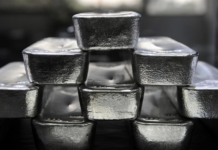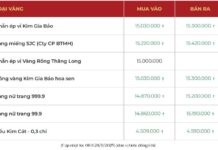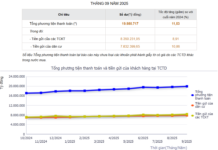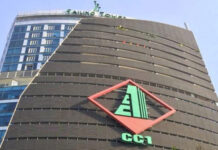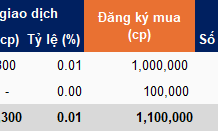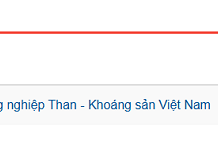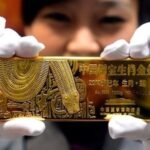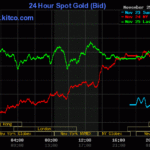At the time of the survey, gold ring prices across businesses surged significantly compared to the previous trading session. Specifically, Bao Tin Manh Hai listed prices at 150.3 – 153 million VND per tael, an increase of approximately 800,000 VND per tael.
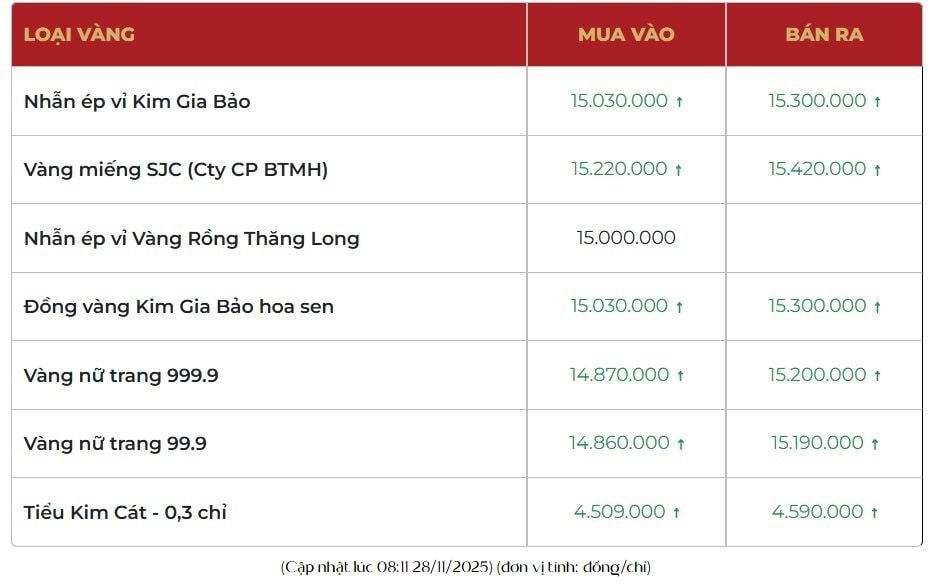
Gold prices listed at Bao Tin Manh Hai this morning.
PNJ and DOJI both adjusted their gold ring prices to 149.8 – 152.8 million VND per tael, an increase of around 1.1 million VND per tael; meanwhile, SJC Company raised their gold ring prices to 149.7 – 152.2 million VND per tael, a significant increase of 1.2 million VND per tael.
For gold bars, PNJ, DOJI, and SJC Company collectively increased prices by approximately 800,000 VND per tael, reaching 152.2 – 154.2 million VND per tael.
Meanwhile, in the global market, spot gold prices surged to $4,191 per ounce, further supporting the upward trend of domestic gold prices.
–
This morning, global spot gold prices stabilized at $4,155 per ounce, a decrease of nearly $10 compared to the same time yesterday. Despite the modest adjustment, this indicates that the international gold market remains heavily influenced by mixed signals regarding U.S. interest rate policies and USD movements.

Global gold price movements over the past 24 hours. (Source: Kitco News)
Domestically, gold prices have remained relatively stable. At Bao Tin Manh Hai, gold rings are listed at 149.5 – 152.2 million VND per tael; Bao Tin Minh Chau at 149.9 – 152.9 million VND per tael; SJC Company trades around 148.5 – 151 million VND per tael, while DOJI and PNJ maintain prices at 149.4 – 152.4 million VND per tael.
Gold bar prices across major domestic brands generally fluctuate within the range of 151.4 – 153.4 million VND per tael.
According to analysts, market focus remains on the U.S. Federal Reserve’s (Fed) interest rate decisions and the strength of the USD. Roukaya Ibrahim, Director of Commodity Strategy at BCA Research, believes these factors are causing significant gold price volatility and may continue to restrain prices until year-end.
Speaking to Kitco News, Ibrahim expressed a neutral stance on gold for the next three months due to uncertainties in Fed policies. Previously, Fed Chair Jerome Powell signaled that a December rate cut is “not a given,” leading to USD recovery and rising bond yields—major headwinds for gold.
However, recent market expectations have shifted dramatically: according to the CME FedWatch Tool, the likelihood of a Fed rate cut at the next meeting has surpassed 80%, helping gold maintain the $4,000 per ounce level and approach the $4,160 per ounce resistance zone. Nonetheless, many experts remain cautious, viewing the December decision as a “50-50” scenario.
Ibrahim noted that while gold may fluctuate in the short term, it is forming a solid bottom and remains supported by medium to long-term factors. “Even if the Fed pauses rate cuts in December, our baseline scenario is that the Fed will continue easing next year. As real rates decline, that will be positive for gold,” she said.
BCA Research forecasts that the U.S. economy will avoid recession in 2026, but slower growth will help curb inflation, providing room for the Fed to lower rates. Beyond policy factors, market sentiment and global investment demand are also supporting gold’s upward trend.
Notably, in India, one of the world’s largest gold consumers, demand for gold bars and coins remains strong despite high prices. According to government data, the country imported $14.7 billion worth of gold last month, a 200% increase year-on-year.
Additionally, global central banks are expected to continue increasing gold reserves to diversify assets and reduce USD dependency.
While optimistic about gold’s outlook, BCA Research suggests silver prices may exhibit more cautious volatility, despite outperforming gold this year and currently testing resistance above $53 per ounce. According to Ibrahim, amid high economic and geopolitical uncertainty, gold remains the primary monetary asset held by investors and central banks. Meanwhile, the risk of slower growth could negatively impact silver’s industrial demand, which accounts for half of its total market.
Experts predict that gold prices will continue to fluctuate in the short term but maintain a sustainable upward trend until 2026, supported by favorable macroeconomic conditions and strong global investment demand.
“A Nation Quietly Amassing Gold Reserves 10x More Than Reported, Poised to Surpass 5,000 Tons—Second Only to the U.S.?”
This nation has reportedly acquired 250 tons of gold since the beginning of the year, a staggering tenfold increase compared to the officially disclosed figure of 25 tons.
Mastering the Gold Market: Beyond the ‘Tighten and Control’ Mindset
Leading economist Le Xuan Nghia warns that restrictive gold import policies force consumers to resort to illegal, substandard gold purchases. Effective market regulation requires balancing control with consumer rights, moving beyond a “tighten the grip” mentality.

